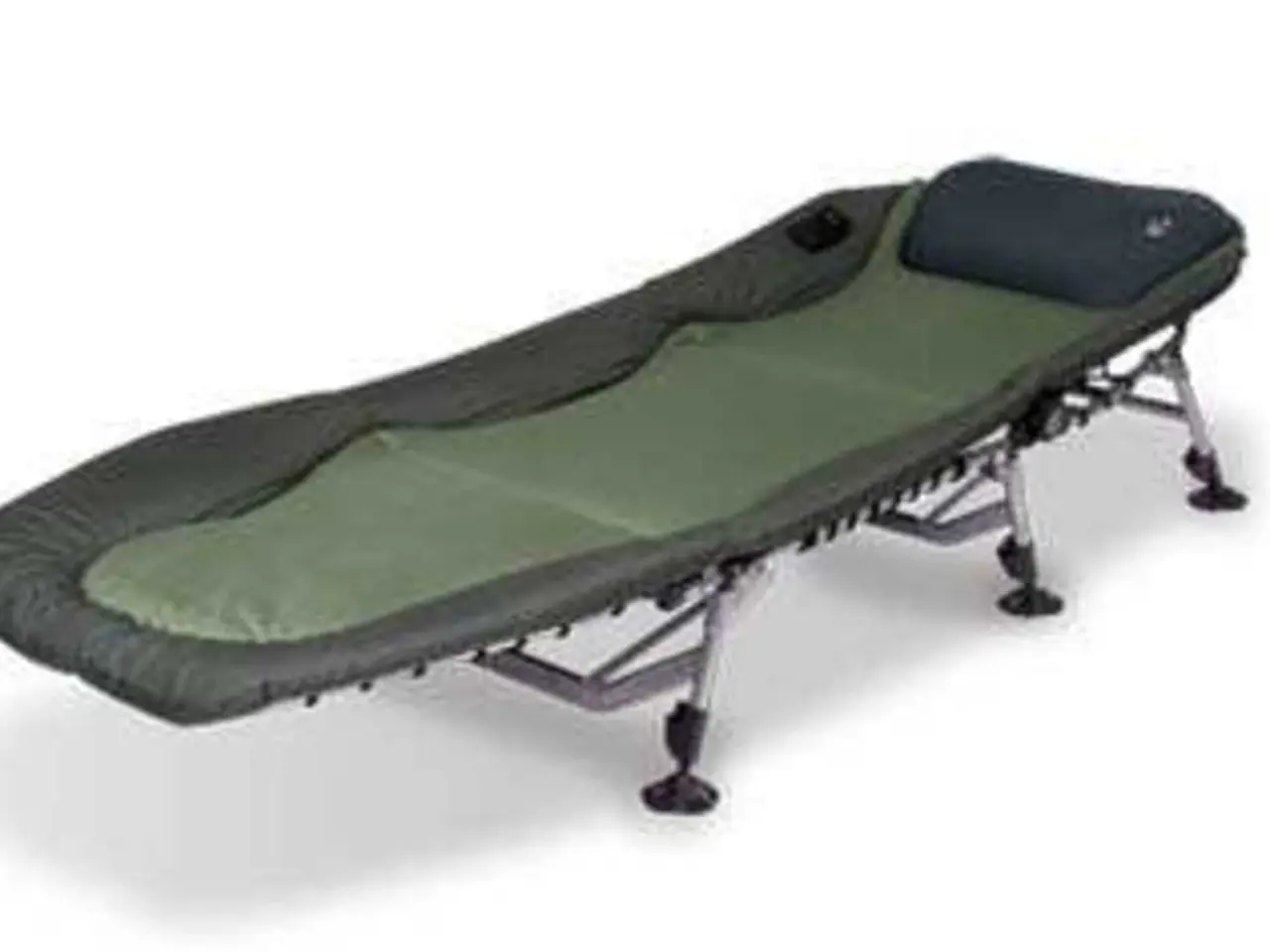Adjustments to the spine for Ankylosing Spondylitis treatment
Ankylosing spondylitis (AS), a type of inflammatory arthritis, affects the spine and other joints, leading to pain, stiffness, and potential spinal rigidity. While chiropractic care may offer relief for some conditions, it poses significant risks for individuals with AS, particularly during flare-ups or if they have a fused spine.
The fused spine characteristic of AS, often referred to as a "bamboo spine," is rigid and prone to fractures. This fragility increases the risk of fractures, joint damage, and neurological complications when subjected to spinal manipulations typical of chiropractic care.
Specific risks associated with chiropractic adjustments for AS patients include increased fracture risk, joint and ligament damage, potential neurological complications, and flare-up exacerbation. The spine's bones are weakened and prone to fractures, especially with forceful adjustments. Altered biomechanics and fragility from fusion mean joints and ligaments are less stable and more prone to injury from manipulation. Misaligned or fused vertebrae can increase the risk of nerve injury or spinal cord damage during aggressive spinal manipulation. Manual manipulation during an active inflammatory phase may worsen symptoms and inflammation.
Given these risks, chiropractic care for AS patients should generally be avoided or done only under careful medical supervision with extreme caution. Alternative therapies focusing on gentle mobilization and medical management are preferred.
While a cure for AS is not currently available, treatments can manage symptoms, support posture, and slow the worsening of the condition. Ultrasound, electrotherapy, low-level laser or "cold laser," and infrared sauna are other therapies that chiropractors may offer to help manage AS symptoms. However, it's essential to approach these treatments with caution, especially during flare-ups or in patients with a fused spine.
Exercise, including range of motion or stretching, aerobic or cardiovascular exercise, strengthening, balance exercises, activities in water, and more, can help lessen the impact of AS and maintain mobility and flexibility. Medications such as over-the-counter anti-inflammatory medications, injected corticosteroids, biological medications, and JAK inhibitors may also be prescribed for AS treatment.
In some cases, alternative therapies such as acupuncture, yoga therapy, massage, and TENS may benefit people with AS. However, it's crucial to discuss these options with a healthcare provider to ensure they are safe and appropriate for individual circumstances.
In summary, due to the fused and fragile nature of the spine in ankylosing spondylitis and the risks of increased fractures and joint injury, chiropractic spinal manipulations are not recommended during flare-ups or in patients with a fused spine. Alternative therapies focusing on gentle mobilization and medical management are preferred. Always consult with a healthcare provider before pursuing any treatment for AS.
[1] Arthritis Foundation. (n.d.). Ankylosing Spondylitis. Retrieved from https://www.arthritis.org/diseases/ankylosing-spondylitis [2] Spondylitis Association of America. (n.d.). Chiropractic Care. Retrieved from https://www.spondylitis.org/about-spondylitis/treatment-therapies/chiropractic-care/ [3] National Institute of Arthritis and Musculoskeletal and Skin Diseases. (n.d.). Ankylosing Spondylitis. Retrieved from https://www.niams.nih.gov/health-topics/ankylosing-spondylitis [4] Mayo Clinic. (2021, February 10). Ankylosing spondylitis. Retrieved from https://www.mayoclinic.org/diseases-conditions/ankylosing-spondylitis/symptoms-causes/syc-20354501 [5] Rheumatology Advisor. (2018, August 15). Chiropractic Care May Be Risky for Ankylosing Spondylitis Patients. Retrieved from https://www.rheumatologyadvisor.com/news/practice-management/2018/august-2018-issue/chiropractic-care-may-be-risky-for-ankylosing-spondylitis-patients/
- Chiropractic care is not recommended for individuals suffering from ankylosing spondylitis, a type of inflammatory arthritis, due to the fragility and fused nature of their spine.
- The fused spine, often referred to as a "bamboo spine," in ankylosing spondylitis makes the spine prone to fractures, joint damage, and neurological complications during spinal manipulations typical of chiropractic care.
- Altered biomechanics and fragility from fusion mean joints and ligaments are less stable and more prone to injury from manipulation in patients with ankylosing spondylitis.
- Misaligned or fused vertebrae can increase the risk of nerve injury or spinal cord damage during aggressive spinal manipulation in ankylosing spondylitis patients.
- Manual manipulation during an active inflammatory phase may worsen symptoms and inflammation in patients with ankylosing spondylitis.
- Given these risks, chiropractic care should generally be avoided for ankylosing spondylitis patients, or pursued only under careful medical supervision with extreme caution.
- Alternative therapies focusing on gentle mobilization and medical management are preferred for managing ankylosing spondylitis symptoms.
- Ultrasound, electrotherapy, low-level laser or "cold laser," and infrared sauna are other therapies chiropractors may offer to help manage AS symptoms, but they should be approached with caution, especially during flare-ups or in patients with a fused spine.
- Chiropractic care may help manage chronic diseases and other medical conditions in individuals without ankylosing spondylitis, but it is essential to avoid spinal manipulation during flare-ups or in patients with a fused spine.
- Exercise, including range of motion or stretching, aerobic or cardiovascular exercise, strengthening, balance exercises, activities in water, and more, can help lessen the impact of ankylosing spondylitis and maintain mobility and flexibility.
- Medications such as over-the-counter anti-inflammatory medications, injected corticosteroids, biological medications, and JAK inhibitors may also be prescribed for ankylosing spondylitis treatment.12.Alternative therapies such as acupuncture, yoga therapy, massage, and TENS may benefit people with ankylosing spondylitis, but it's crucial to discuss these options with a healthcare provider to ensure they are safe and appropriate for individual circumstances.13.CBD, a compound found in cannabis, is showing promise in relieving symptoms of ankylosing spondylitis, but more research is needed to advance its use as a treatment.14.Type 2 diabetes, COPD, chronic kidney disease, and skin conditions like psoriasis are common comorbidities in individuals with ankylosing spondylitis.15.Other neurological disorders like migraine, multiple sclerosis, Alzheimer's disease, rheumatoid arthritis, and autoimmune disorders can also affect patients with ankylosing spondylitis, requiring specialized care and treatments for both conditions.




